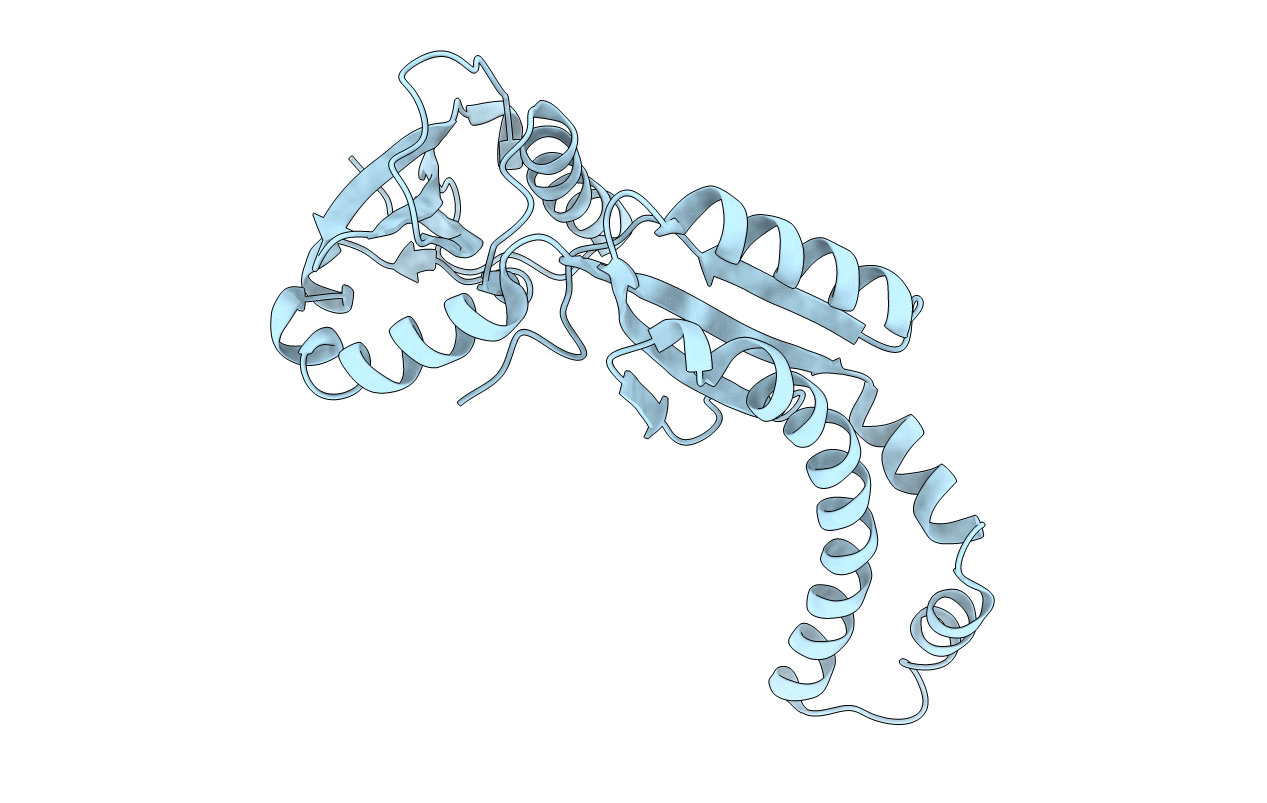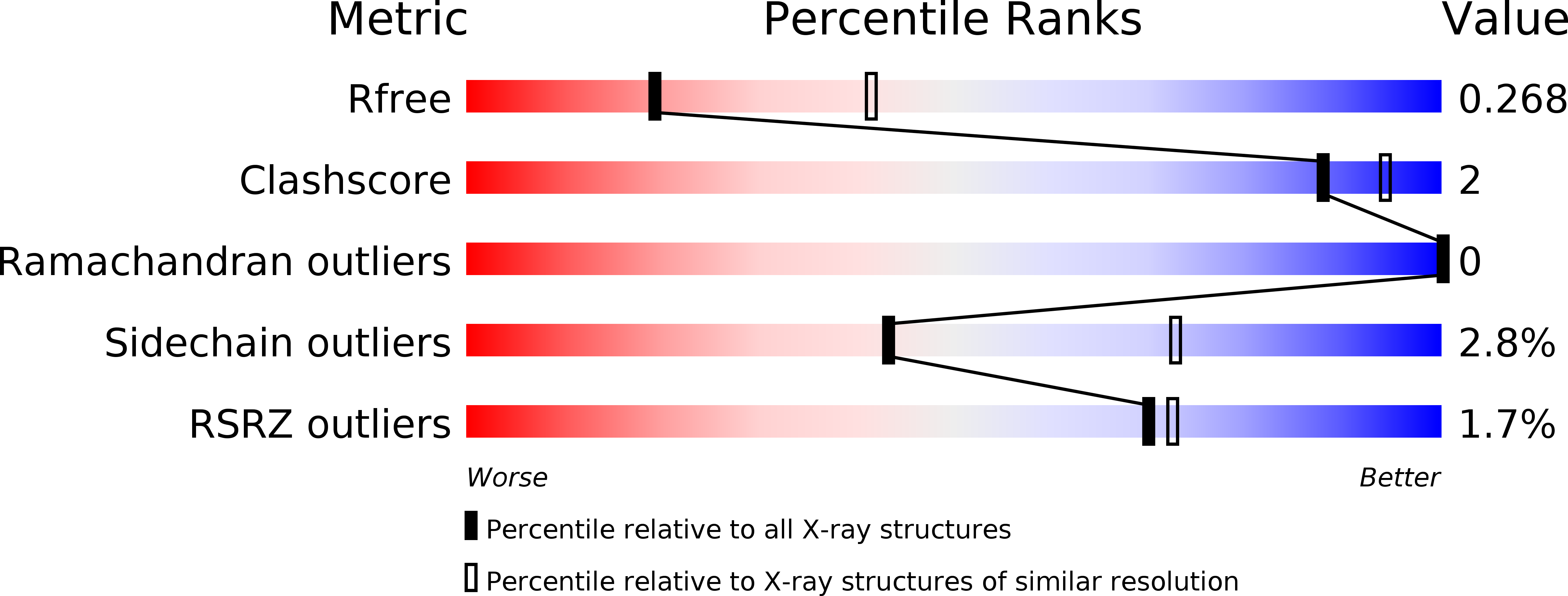
Deposition Date
2014-07-03
Release Date
2014-11-12
Last Version Date
2024-03-20
Entry Detail
PDB ID:
4QSG
Keywords:
Title:
Crystal structure of gas vesicle protein GvpF from Microcystis aeruginosa
Biological Source:
Source Organism:
Microcystis aeruginosa PCC 7806 (Taxon ID: 267872)
Host Organism:
Method Details:
Experimental Method:
Resolution:
2.70 Å
R-Value Free:
0.27
R-Value Work:
0.22
R-Value Observed:
0.23
Space Group:
P 32 2 1


